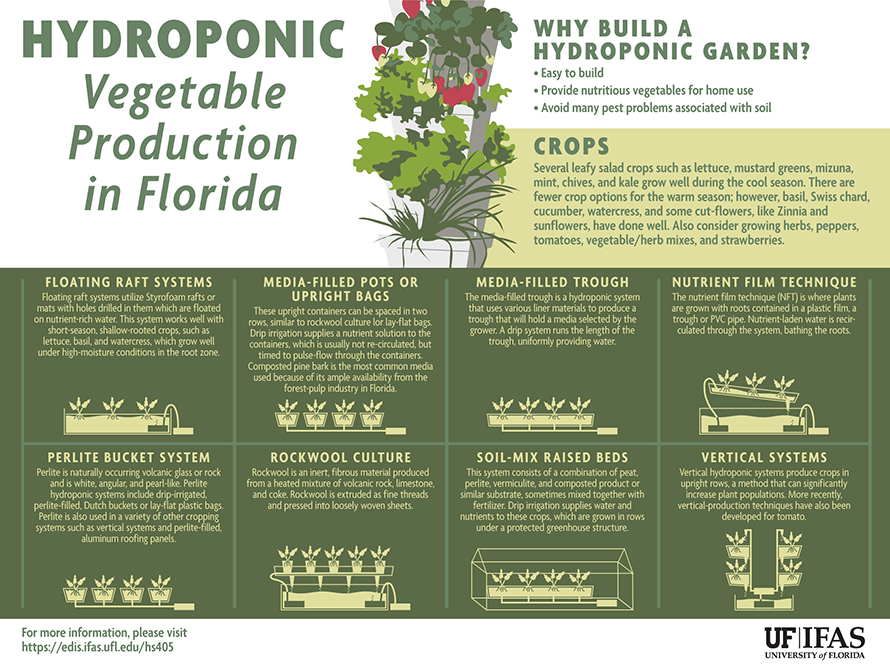Securing Your Landscape: Replanting After Tree Elimination
Securing Your Landscape: Replanting After Tree Elimination
Blog Article
Published By-Breum Upton
Tree removal can leave a gap in your landscape that needs dental filling. You can grow something new because area, but it takes extra care and attention at the starting to assist it thrive.
The soil because area will certainly keep transforming in time as bacteria break down the old origins. That can affect the vitamins and mineral equilibrium and physical area for new development.
Soil
The dirt in a story where a tree has actually been removed is most likely to be extremely different from the rest of your yard or backyard. The roots of the old tree and the stump will certainly have transformed the dirt, getting rid of some nutrients and potentially crowding out other plants. On top of that, if the previous tree was unhealthy, the infectious agent might still be in the ground.
The existence of roots cultivates a rich and varied community of dirt bacteria that improves crucial procedures like vitamins and mineral cycling and organic matter disintegration. Without these microorganisms, the displaced dirt can become less productive and nutrient-depleted, with an unfavorable impact on plant growth.
Before replanting, the soil ought to be eliminated of debris and organic product (such as timber chips from stump grinding). You may desire to mix in potting soil or indigenous dirt with this compost to provide your new planting with an environment that is well balanced and filled with nutrients.
Water
Tree origins take in large amounts of water from the dirt. https://www.orlandomagazine.com/water-saving-landscaping-ideas-for-traditional-style-homes/ includes nutrients back to the soil, especially nitrogen, which is necessary for new trees and plants. Regrettably, old dirt can be depleted of these essential minerals as a result of the decaying origins and stump from an eliminated tree.
This is why it is essential to have a prepare for the future of your landscape. Ideally, the best time to plant is when you have a clean slate.
Whether you're growing turf or flowers, ensure to use a soaker tube to stay clear of overwatering your brand-new landscaping. If the area was a garden, see to it to cover the soil with organic compost to aid maintain dampness in the dirt, control dirt temperature levels and reduce weeds. This additionally provides a layer of defense for young plants and promotes worm activity. Then, regularly restore the compost to continue enhancing the dirt nutrient density and microbial life. This is known as soil restoration.
Light
Trees are an excellent enhancement to any landscape, giving color, visual pulchritude, and several various other advantages. Nonetheless, in some cases trees become unsightly due to a selection of reasons, including condition, pest problems and all-natural aging.
In such instances, it might be required to remove a tree. It is essential to think about the worth of a certain tree in your landscape design and take the correct steps to make sure that the removal is done securely and effectively.
Throughout the late summer, it's an optimal time to execute maintenance and examinations on existing trees. Look for indicators of condition, insect problems, or architectural damage, in addition to any type of prospective risks such as damaged or leaning trees.
Prior to starting any construction jobs, make sure to protect the root zones of existing trees by avoiding soil compaction and rating around them. Raw material, as it breaks down, can create noxious gases that are harmful to the roots of a tree. It's likewise an excellent concept to mulch the location around a tree after building has actually finished to conserve moisture and subdue weed development.
Temperature level
Trees are necessary to a landscape for their visual charm, however they additionally play a vital role in the local community by giving color and windbreaks. They support wildlife habitats and lower the quantity of carbon dioxide airborne, which can contribute to global warming. This is why it is recommended to replant trees after eliminating one from the residential property.
When replanting a new tree in the area of a previous stump, the dirt may not have enough nutrients to sustain it. It is best to await a year prior to growing to make certain that the soil will be abundant in nutrients.
To guarantee that replanted trees flourish, it is crucial to offer them with proper care. A layer of mulch will certainly keep soil moisture from vaporizing, manage soil temperature, and help suppress weeds. Organic mulch is the recommended choice since it improves dirt fertility. Continuous fertilizing and insect control are also necessary for replanted trees.